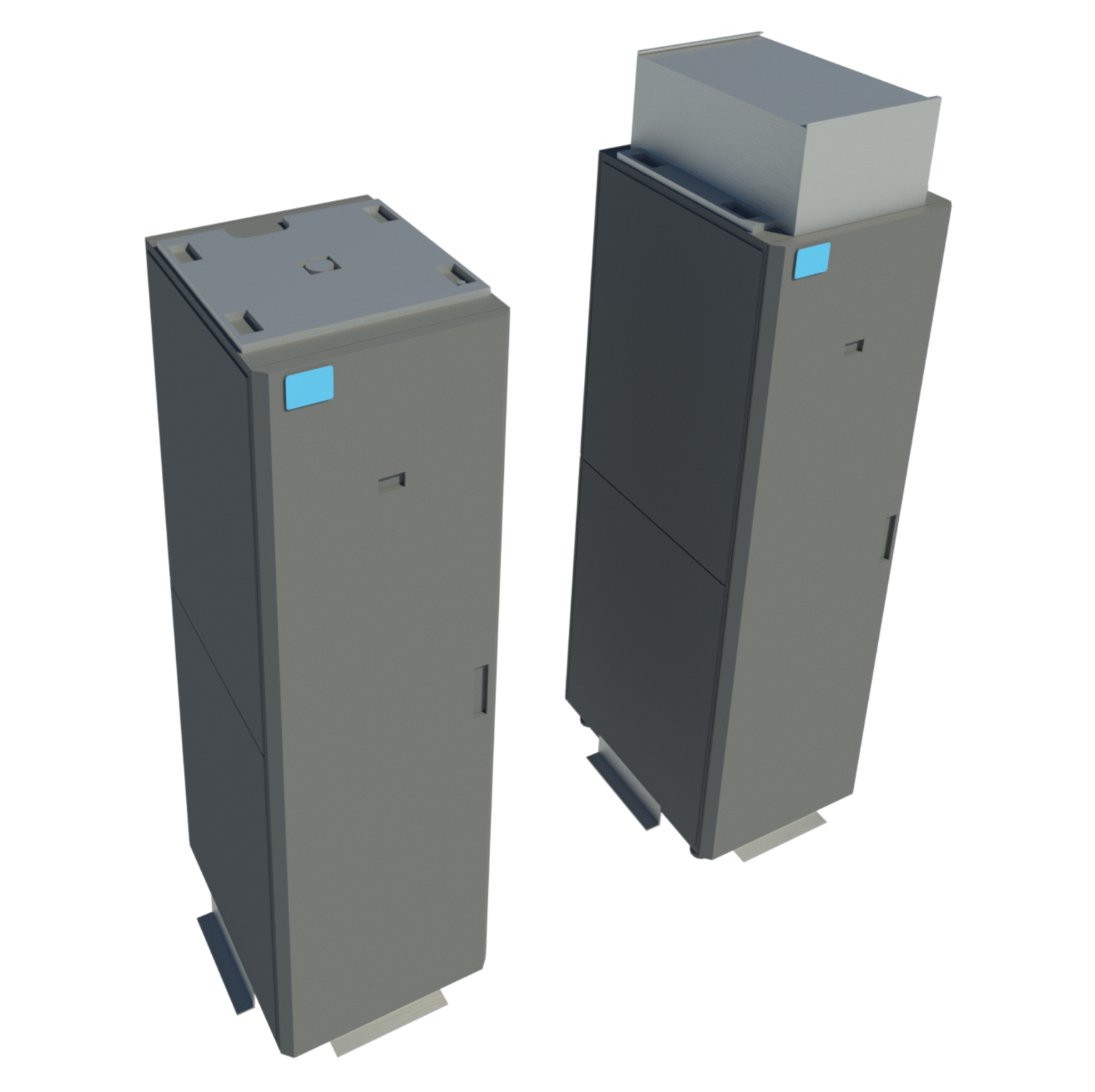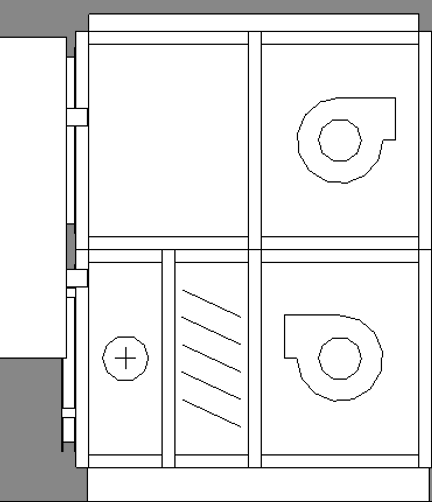
Embraer & Bombardier Aircraft
At Kinship, we pride ourselves on the vast range of Revit content we've created over the years. While it's true that most of our team have their background in MEP, we've also spent years building native Revit families for other sectors such as food service, retail, audio & visual and transportation.
Many moons ago, we released a collection of airplane Revit families for Boeing and Airbus (which we may bring back in a future post). As the best, and perhaps only, native Revit airplanes available online at the time, they were quickly appreciated by various architectural firms. One firm in particular, an architectural aviation company, followed up to request some additional commercial aircraft which we'll highlight in this post.
Bombardier
The project contained three airplanes from manufacturer Bombardier, the CRJ700, CRJ900 & CRJ1000.
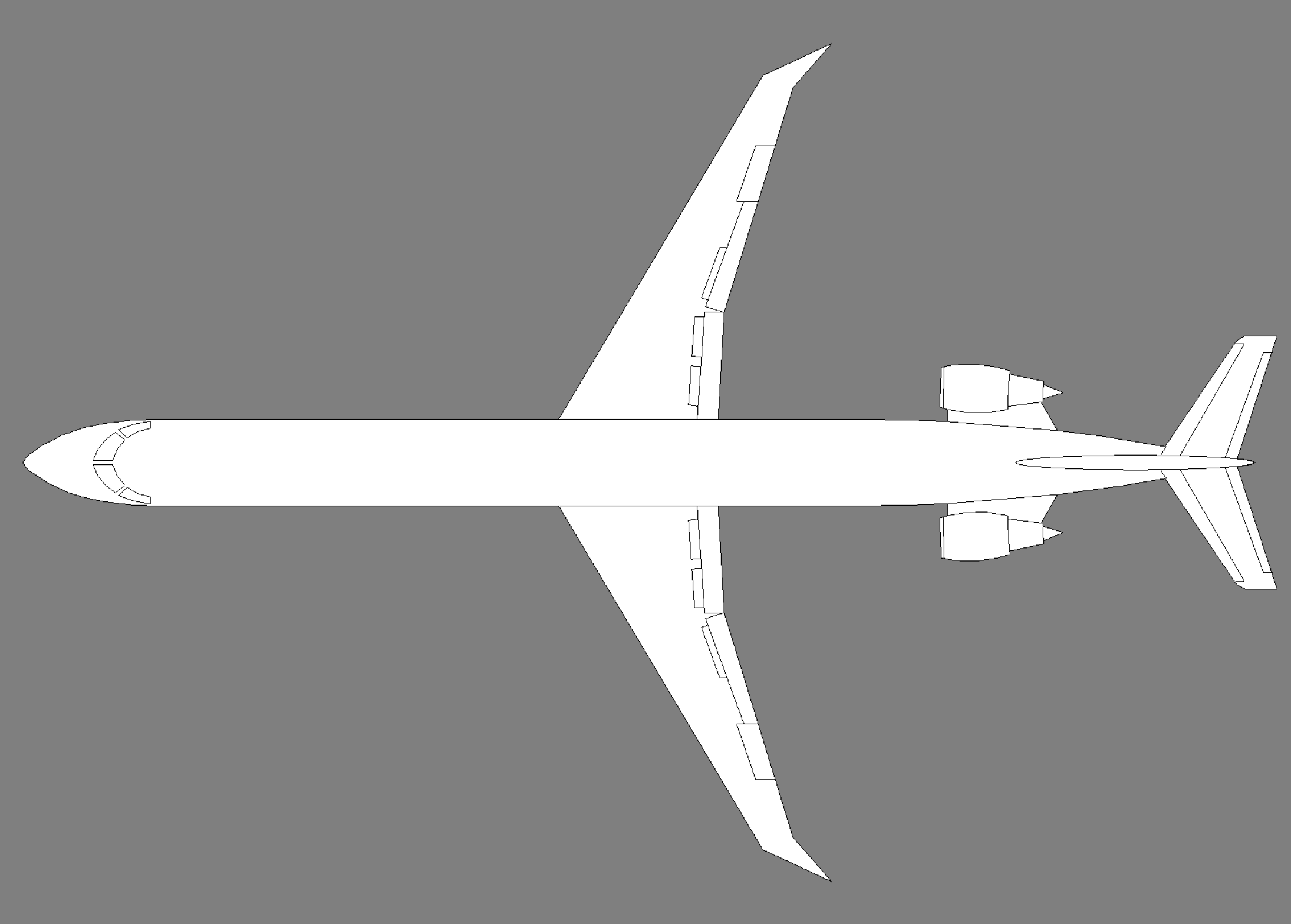
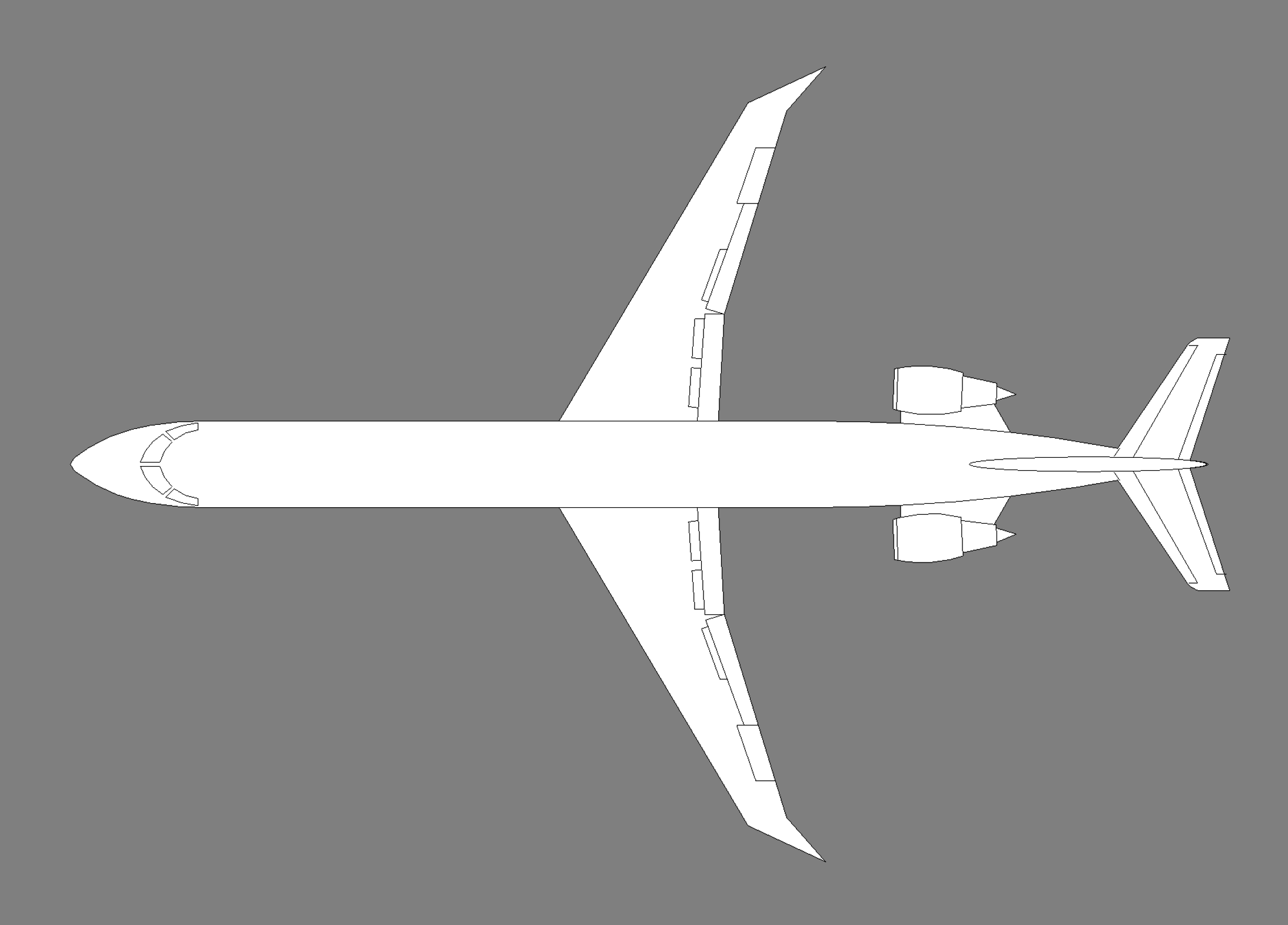
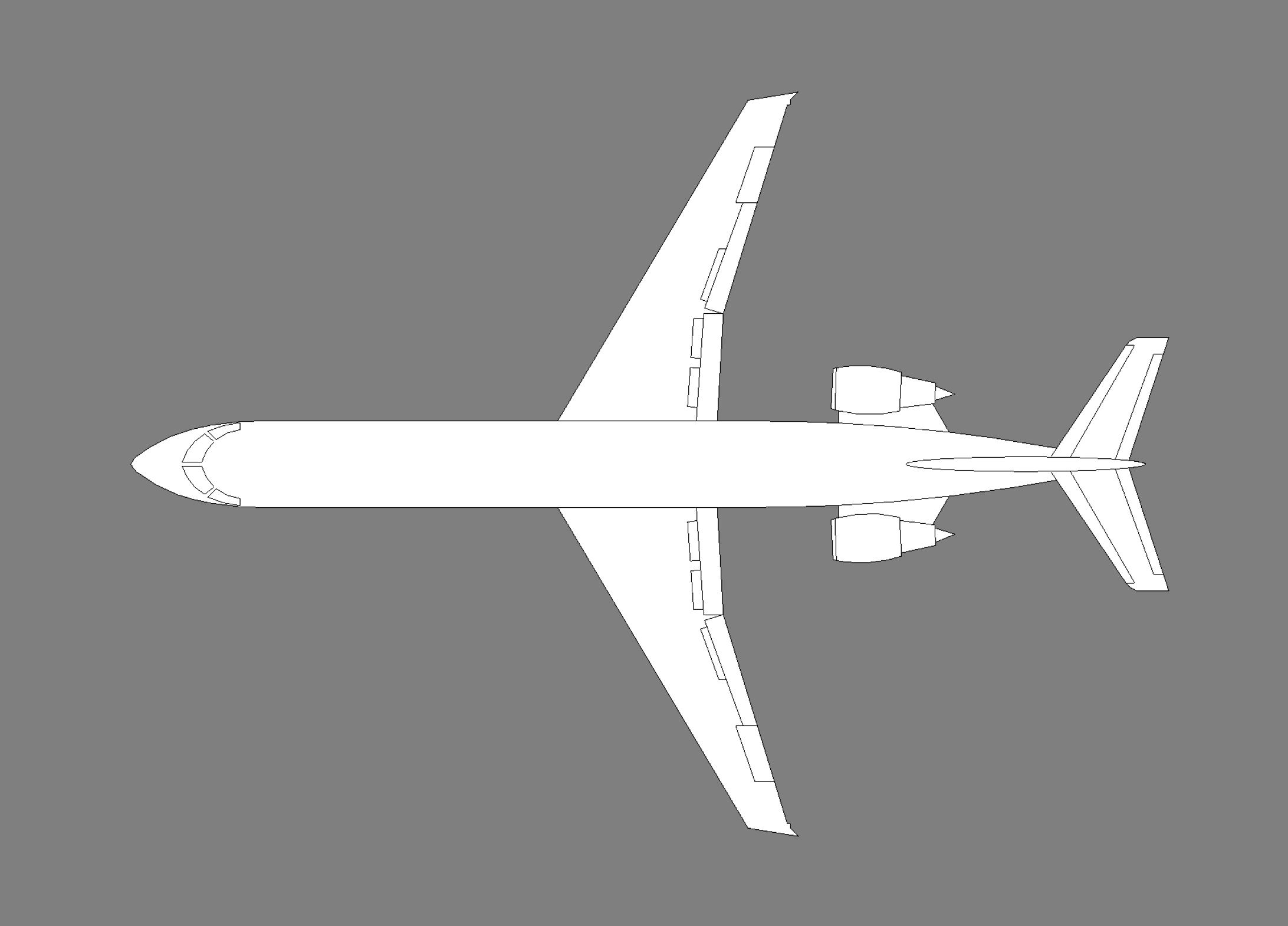
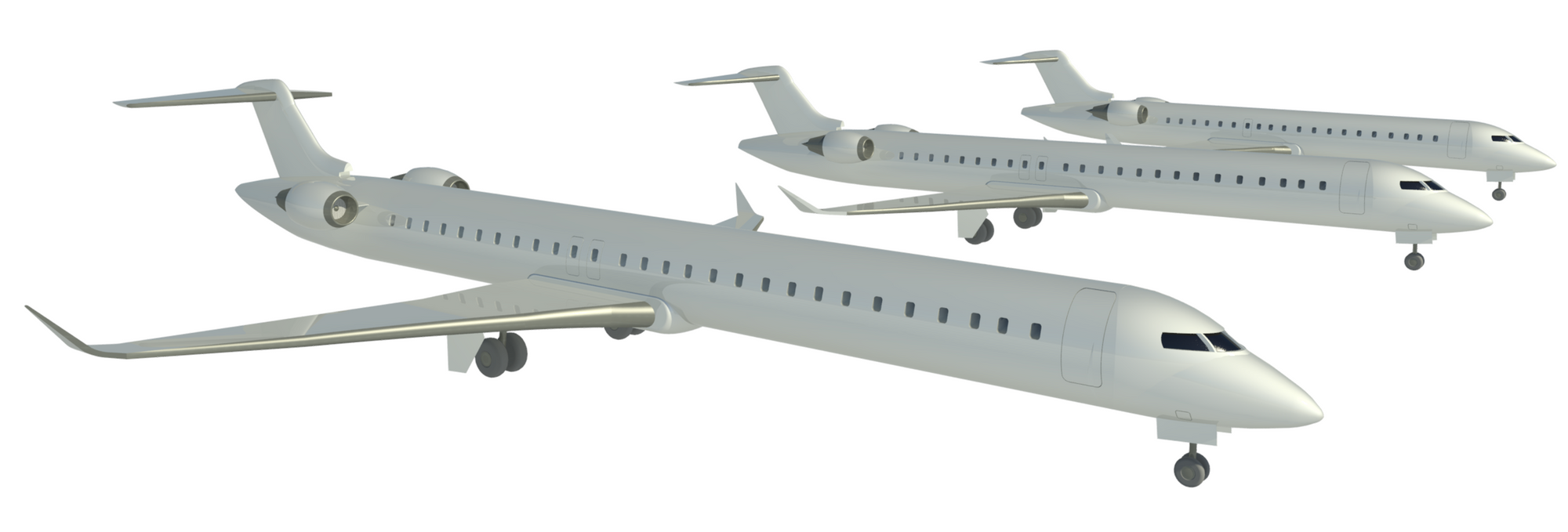
Embraer
We also created three models from manufacturer Embraer, the ERJ170, ERJ175 & ERJ175SC.
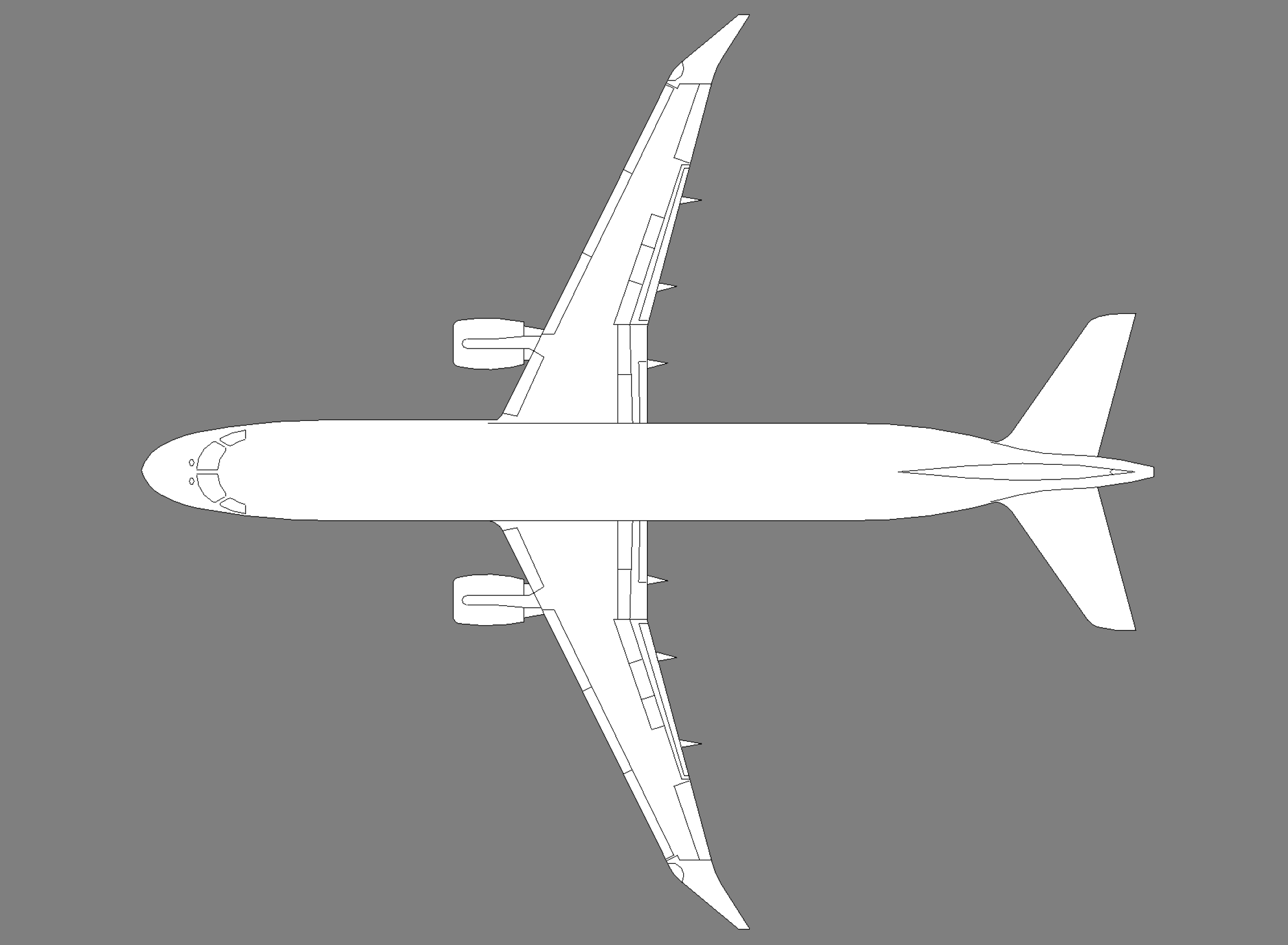
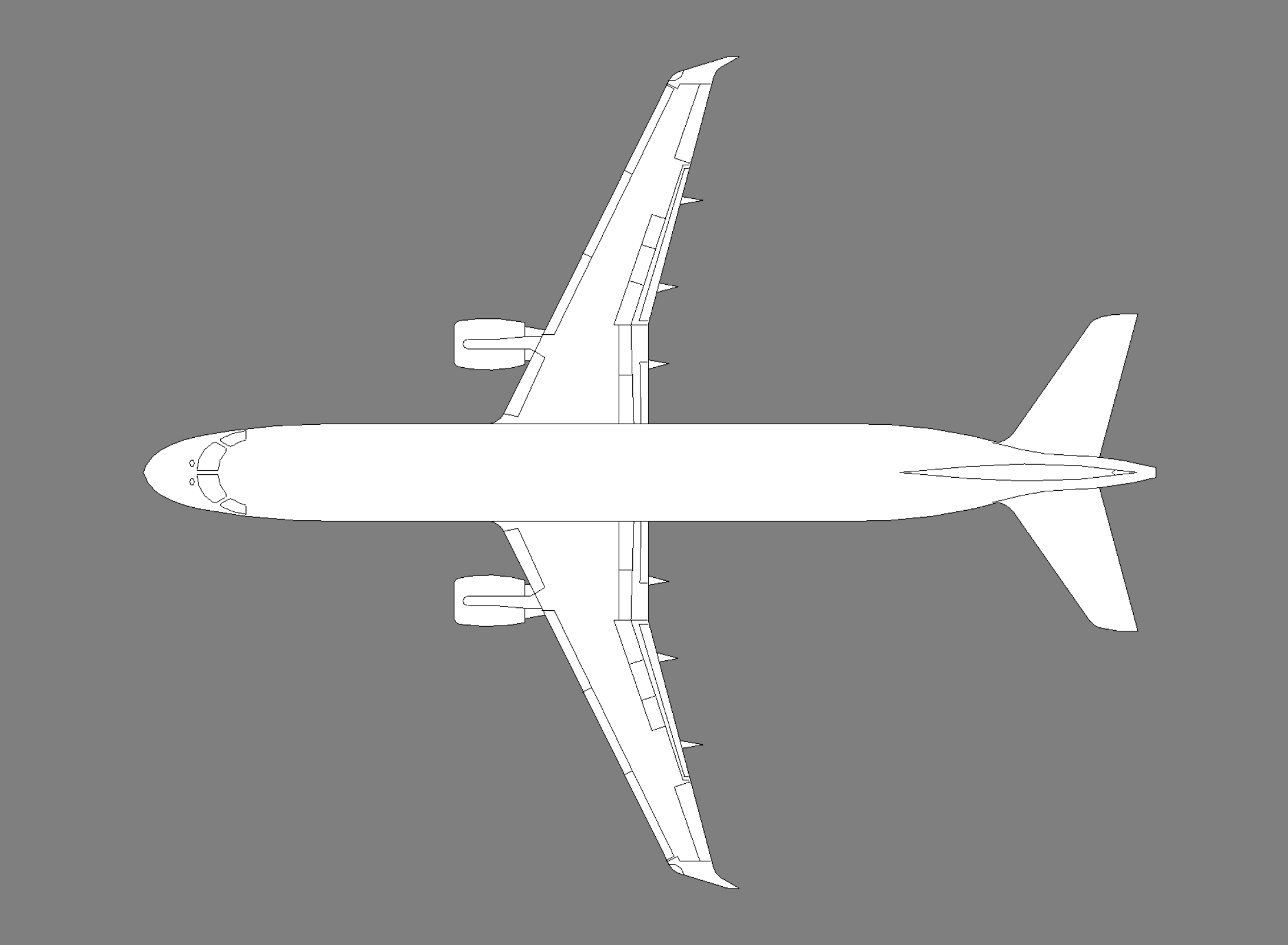
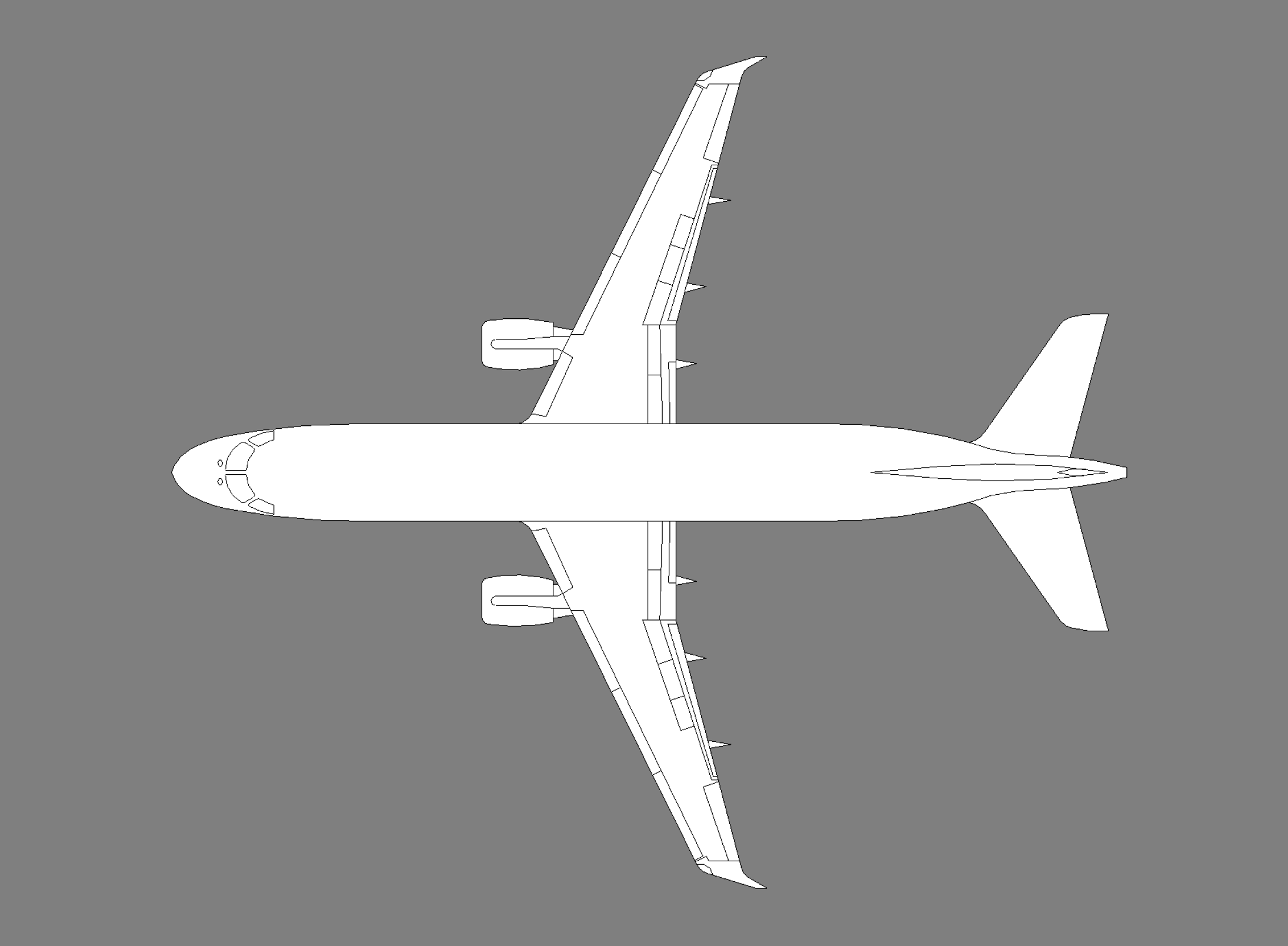
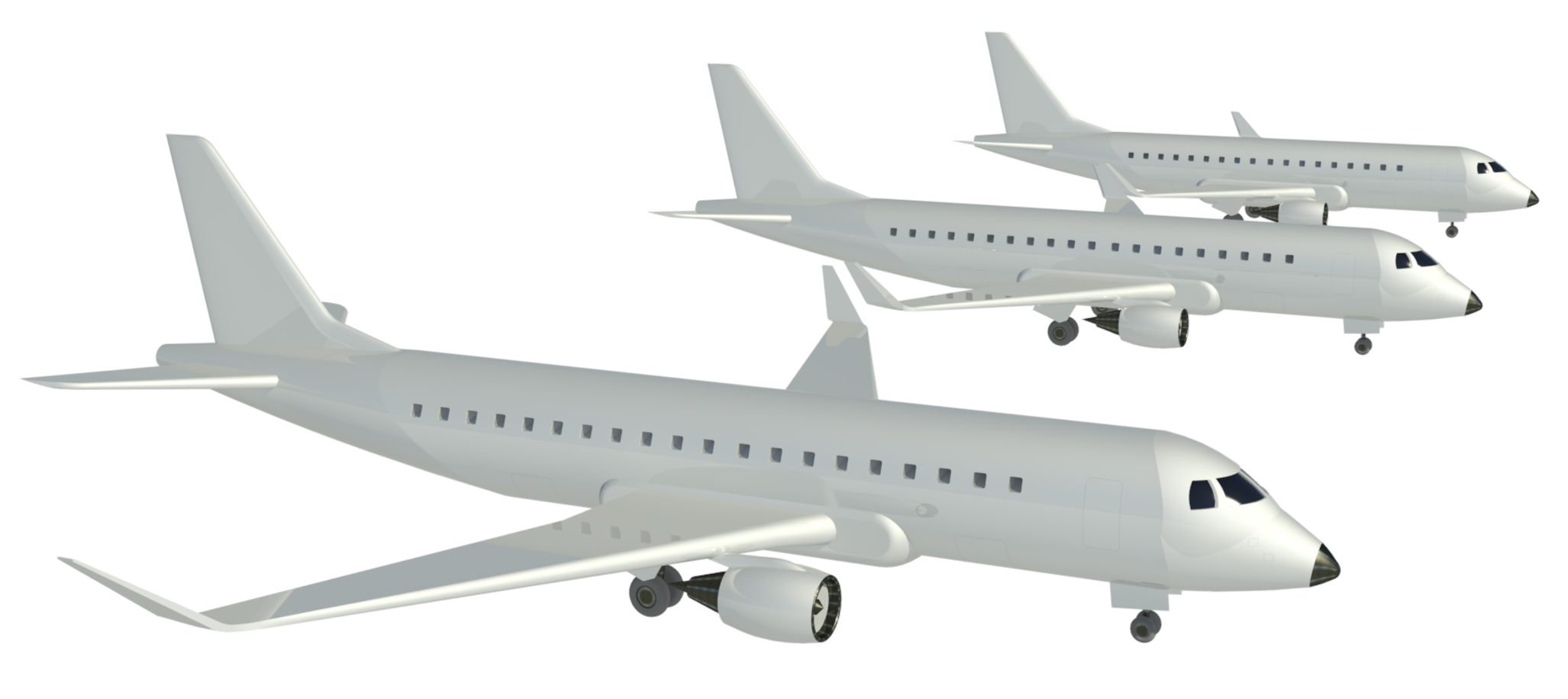
Bringing value to aviation projects
There are several reasons that these airplane Revit families would be valuable to any firm working on aviation projects:
1. Peace of Mind: The families are dimensionally accurate, which means creation of spaces and routing will also be accurate.
2. Quality Deliverables: Detailed 2D geometry for elevations and sections means the families will show up nicely in delivered views and sheets.
3. Project Workflow: Native Revit geometry means no imports of dwgs and a very fast project workflow.
4. Realistic Visuals: Detailed 3D with controls for offset and pitch mean that the planes look the part in 3D views and bring a sense of realism to project visualizations.
With 2D geometry for all 2D views, the families provide for an optimal workflow and detailed deliverables.
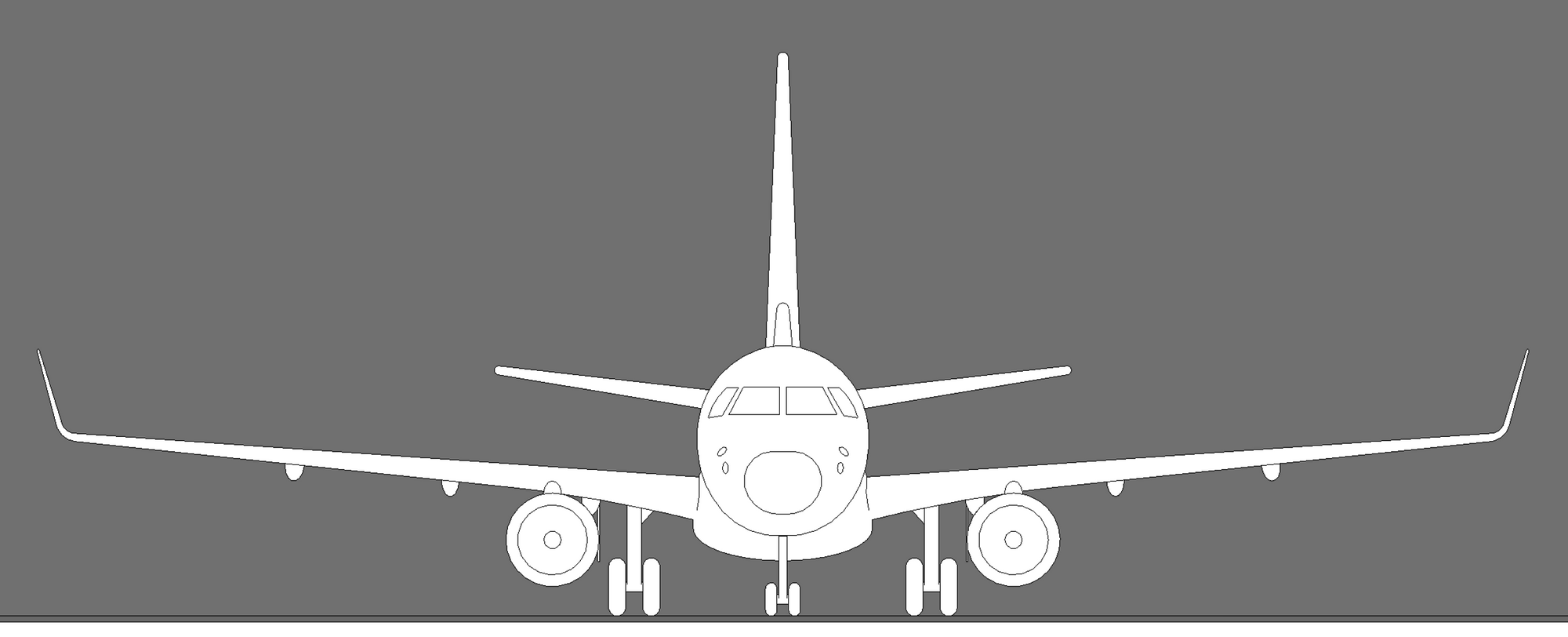
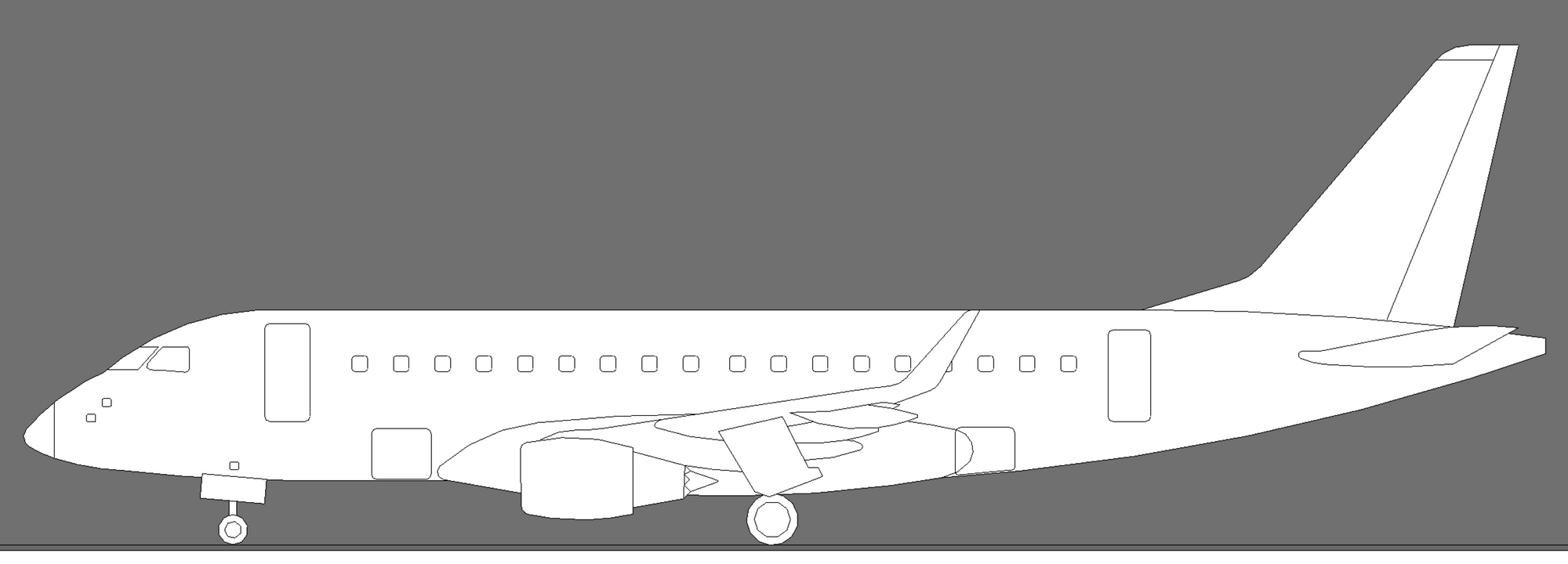
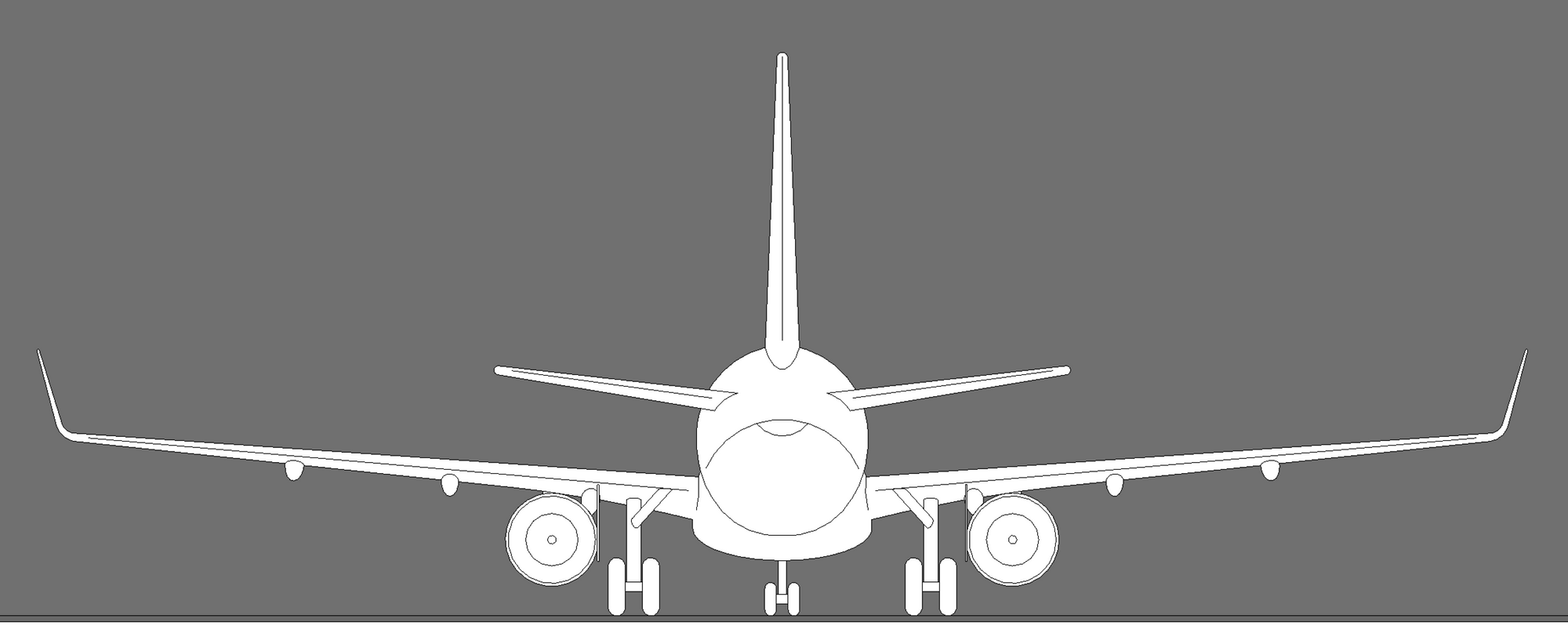
All of the Revit families have three levels of detail in both 2D and 3D views.
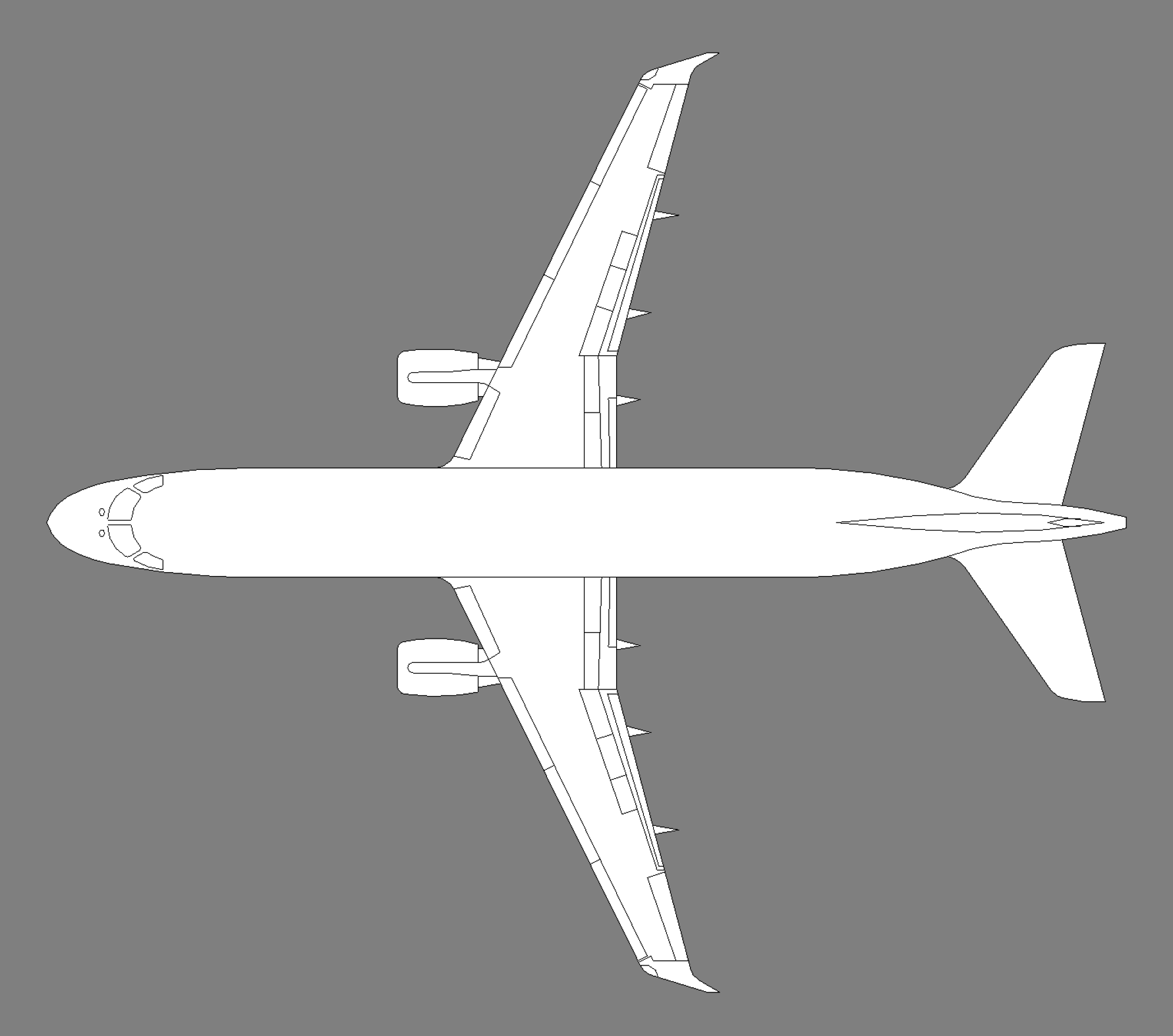


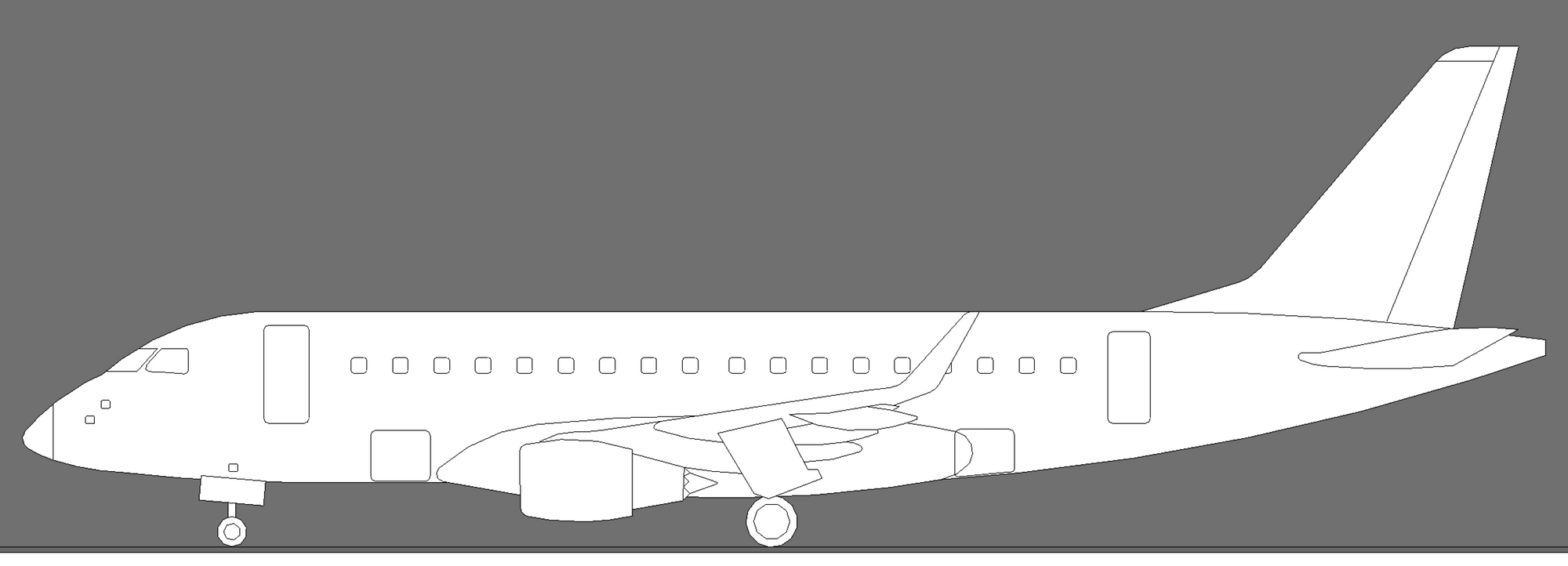
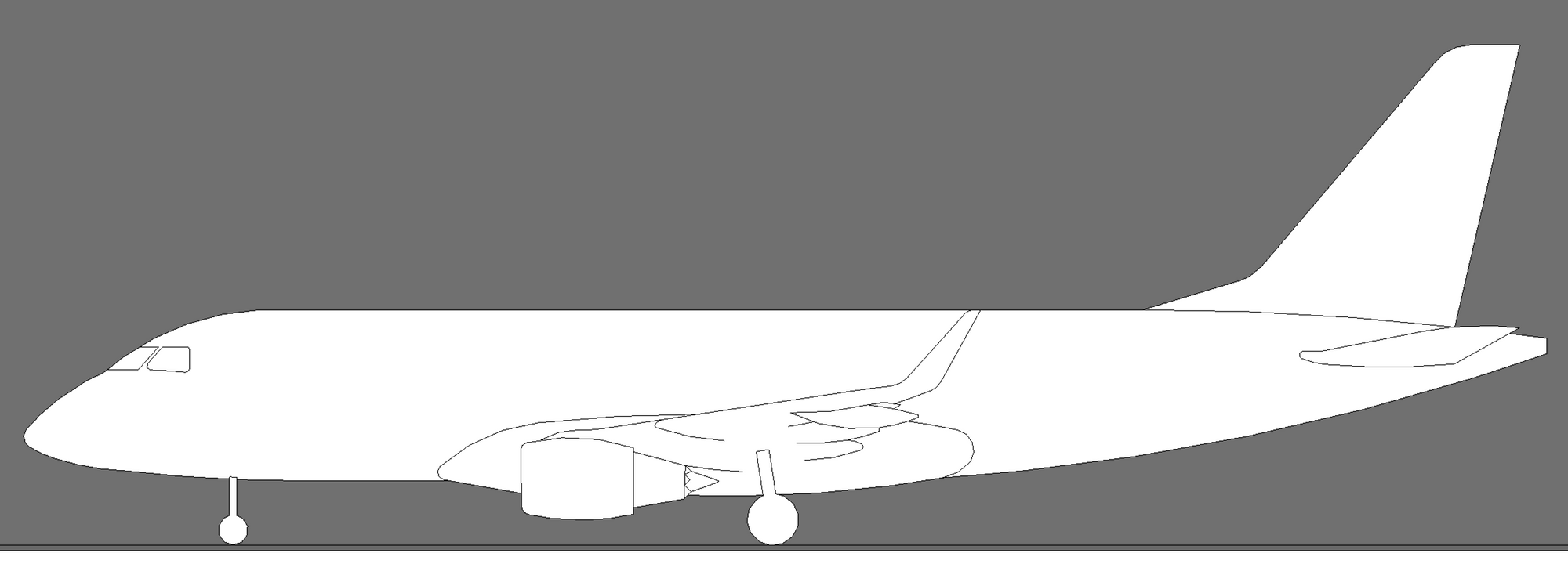
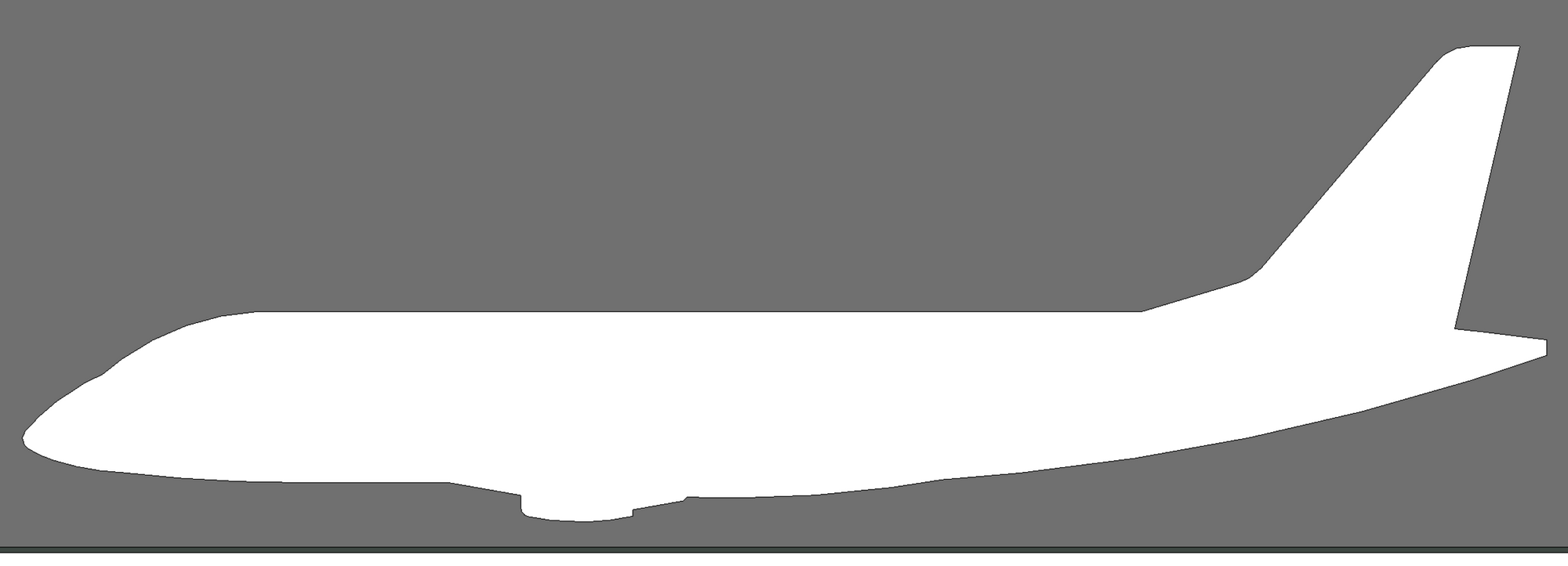
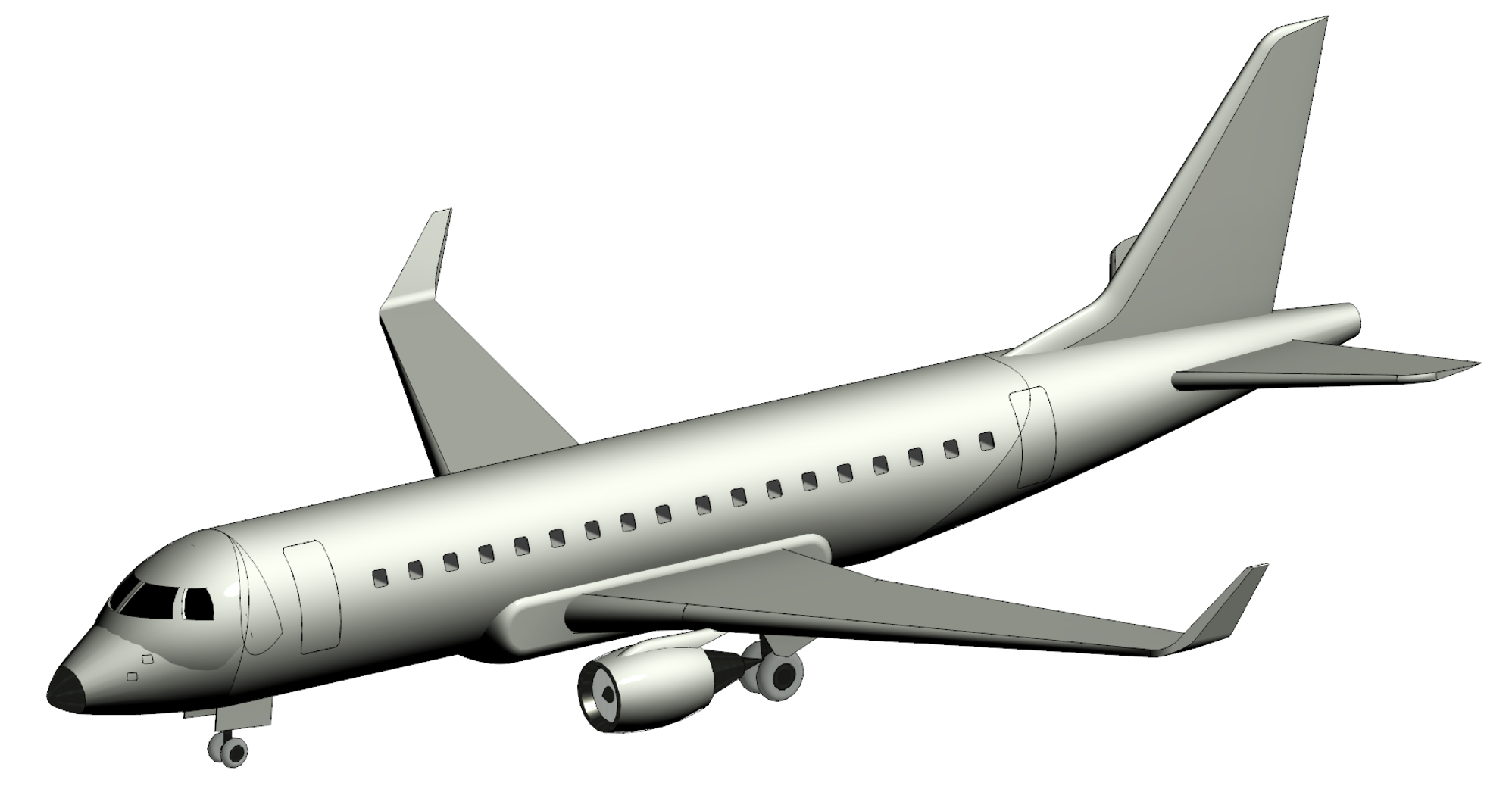


Behind the magic
To achieve an adjustable pitch, all of the 3D and 2D geometry is hosted onto reference lines. The positions, lengths and angles of these reference lines are controlled through parameters and formulas.
As airplanes aren't really the kind of thing that easily translate from one manufacturer to another, much of the geometry had to be redrawn for each airplane. While it surely would have been easier to create these models using adaptive components, this would have resulted in incredibly heavy Revit families, which in turn would impact the performance of Revit projects.
Using the standard Revit family template and 3D forms, these airplanes are a real test of ability and ingenuity to provide for quality workflows and deliverables, keep file size down and still offer the realism of an adjustable pitch.

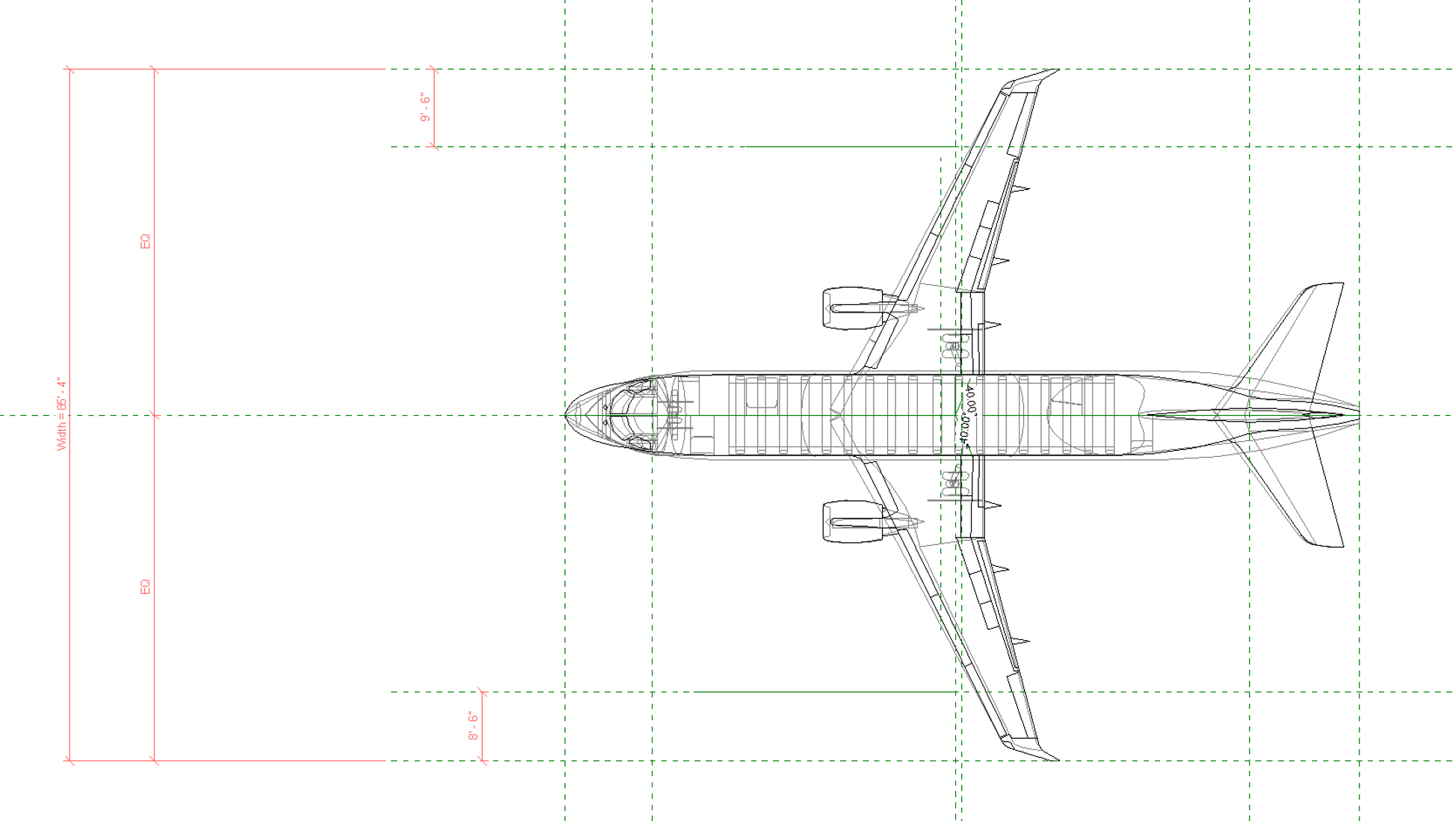
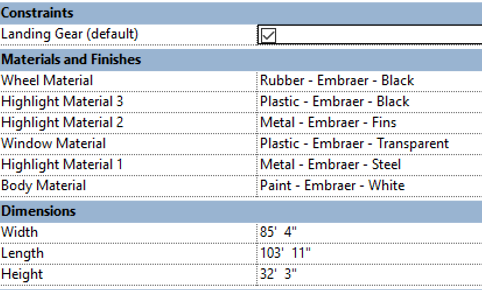
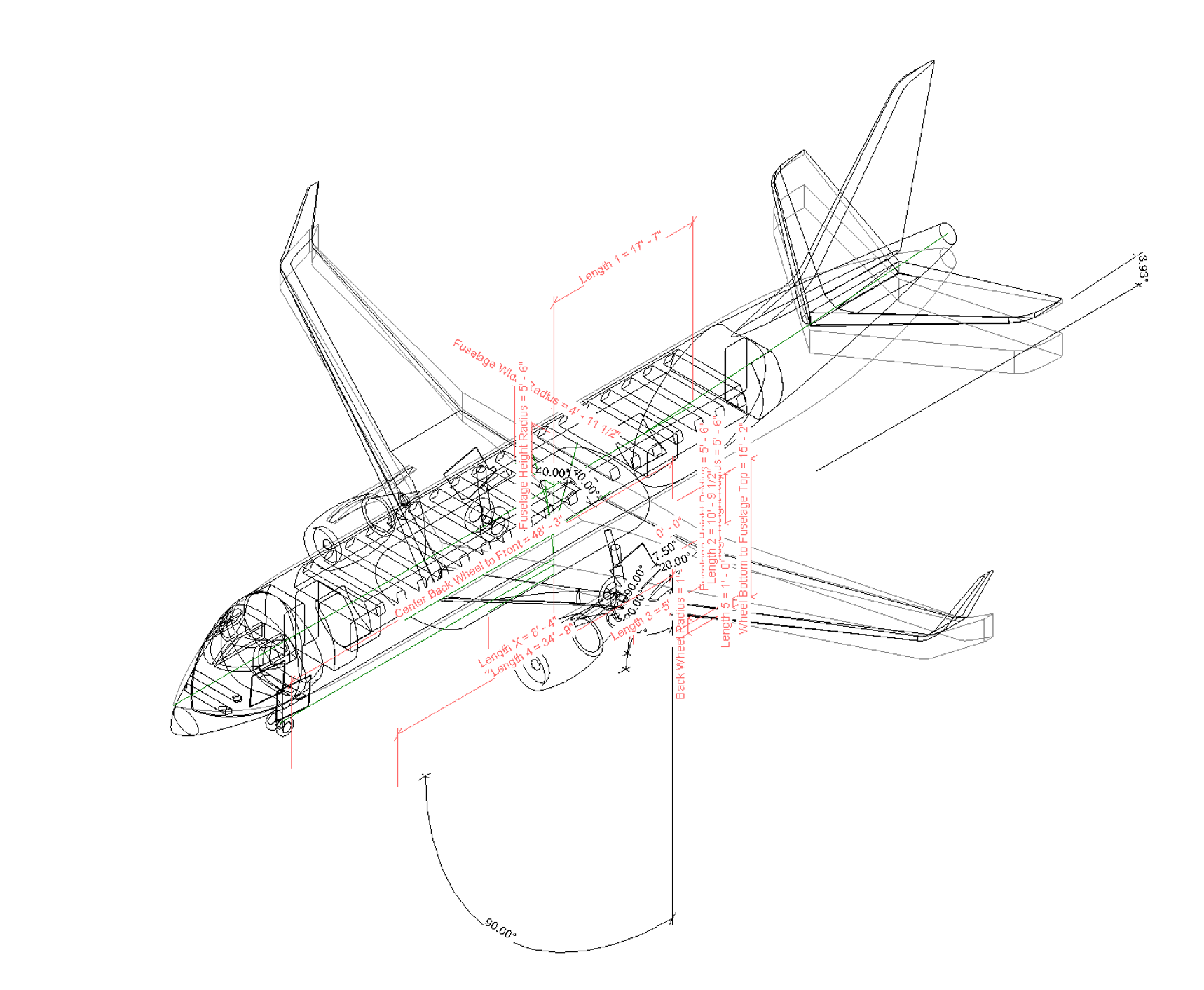

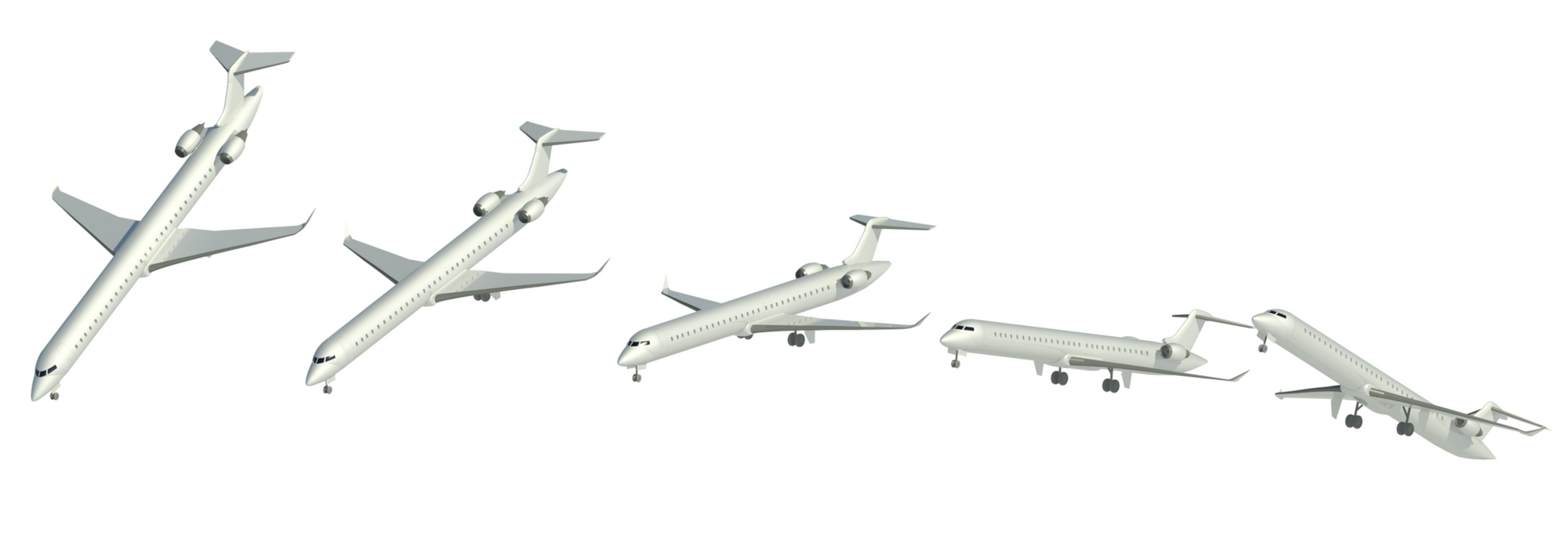
Need Content?
If you company is looking for quality Revit content at an affordable price, give us a shout at hello@kinship.io. We'll be happy to provide a free, no obligation quote for your needs.


